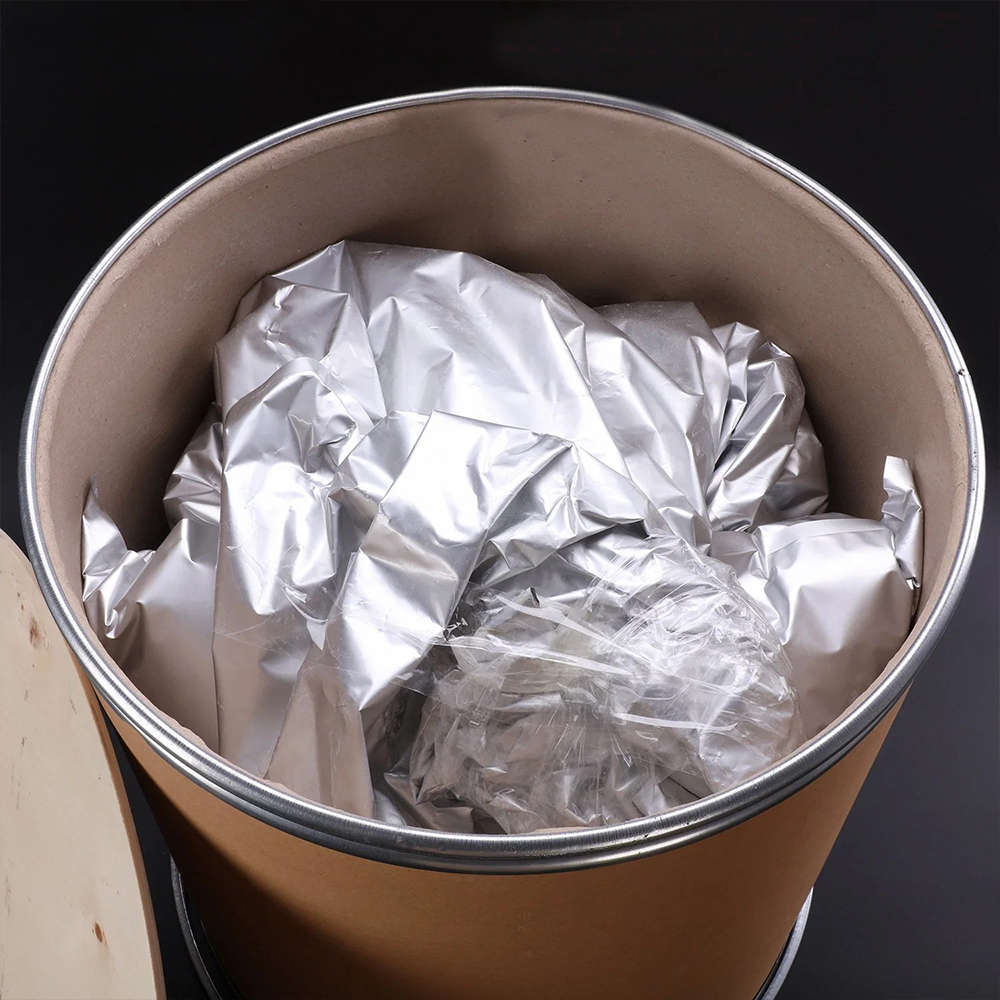



Sodium Chlorate Hazards | Safety Information and Guidelines
Understanding the Hazards of Sodium Chlorate
Sodium chlorate (NaClO3) is a chemical compound that serves various industrial and agricultural purposes, primarily as a herbicide and a bleaching agent. While its utility makes it a valuable product in various applications, it is crucial to be aware of the associated hazards that accompany its handling and use.
Understanding the Hazards of Sodium Chlorate
Inhalation or skin contact with sodium chlorate can lead to various health hazards. Exposure may cause respiratory irritation, resulting in symptoms like coughing, sneezing, or difficulty breathing. Prolonged or repeated exposure can lead to more severe respiratory issues and skin irritation. It is therefore vital for workers handling this chemical to wear appropriate personal protective equipment (PPE), including gloves, goggles, and respirators, to minimize exposure.
sodium chlorate hazards

Sodium chlorate poses an environmental risk as well. When released into the environment through spills or improper disposal methods, it can contaminate soil and water sources. Its presence in ecosystems can disrupt the balance of flora and fauna, given its herbicidal properties. As such, responsible handling, storage, and disposal of sodium chlorate are imperative to safeguard environmental health.
Furthermore, sodium chlorate has been identified as a potential contaminant in drinking water. It can form toxic byproducts when reacted with other compounds, particularly during water treatment processes. The U.S. Environmental Protection Agency (EPA) has established guidelines to monitor and limit sodium chlorate concentrations in drinking water to protect public health. Water treatment facilities must be vigilant in managing chemical inputs to prevent such contamination.
In industrial applications, the use of sodium chlorate is carefully regulated. Companies that employ this chemical must adhere to strict safety protocols and guidelines set by regulatory bodies. It is critical for employers to train their staff on the hazards associated with sodium chlorate and establish clear safety procedures. Regular audits and safety drills can further ensure that employees are prepared to respond to potential emergencies involving this chemical.
In conclusion, while sodium chlorate serves important roles in various industries, it is essential to acknowledge and address the inherent hazards associated with its use. By implementing proper safety measures, adhering to regulations, and promoting awareness, the risks can be significantly minimized. Workers and employers alike must prioritize safety to ensure the responsible handling of sodium chlorate, protecting both human health and the environment. As industries continue to rely on this compound, ongoing education and adherence to safety standards will be vital for preventing accidents and mitigating risks.
-
Why Sodium Persulfate Is Everywhere NowNewsJul.07,2025
-
Why Polyacrylamide Is in High DemandNewsJul.07,2025
-
Understanding Paint Chemicals and Their ApplicationsNewsJul.07,2025
-
Smart Use Of Mining ChemicalsNewsJul.07,2025
-
Practical Uses of Potassium MonopersulfateNewsJul.07,2025
-
Agrochemicals In Real FarmingNewsJul.07,2025
-
Sodium Chlorite Hot UsesNewsJul.01,2025










